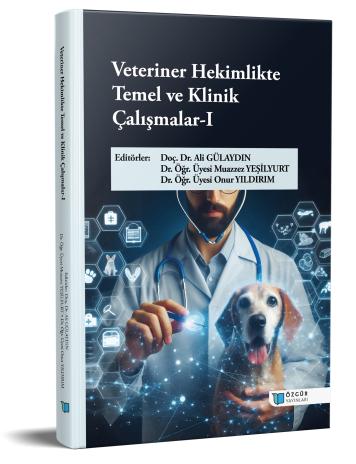
Acute Pancreatitis in Cats and Dogs: Clinical Evaluation and Current Treatment Approaches
Chapter from the book:
Günaydın,
A.
&
Yeşilyurt,
M.
&
Yıldırım,
O.
(eds.)
2025.
Basic and Clinical Studies in Veterinary Medicine-I.
Synopsis
Acute pancreatitis (AP) in cats and dogs is a significant disease characterized by sudden inflammation in the exocrine pancreas, ranging from mild cases to life-threatening conditions. The greatest difficulties in diagnosis are nonspecific clinical signs, the lack of a gold standard test, and inter-case heterogeneity. In pathophysiology, intra-acinar zymogen activation, autophagy disorders, and persistent inflammatory processes play a central role; in severe cases, systemic inflammatory response syndrome and multiple organ dysfunction may develop. Clinical signs vary between species; vomiting, anorexia, and abdominal pain are more common in dogs, while lethargy and anorexia are predominant in cats, and the presence of triaditis complicates diagnosis. Diagnostic approaches should include pancreatic-specific lipase measurements and abdominal ultrasonography. Treatment is primarily supportive and consists of fluid therapy, electrolyte balance, analgesia, antiemetics, and early enteral feeding. Low-fat diets are recommended for dogs, while highly digestible, high-protein diets are recommended for cats. Corticosteroids and antibiotics should only be used in specific indications. In recent years, CRP, cytokine profiles, and metabolic parameters have gained importance in terms of prognostic value. Consequently, early diagnosis, intensive supportive care, and rapid control of complications are critical in the management of acute pancreatitis. New biomarkers and clinical scoring systems will contribute to the development of individualized treatment protocols.

